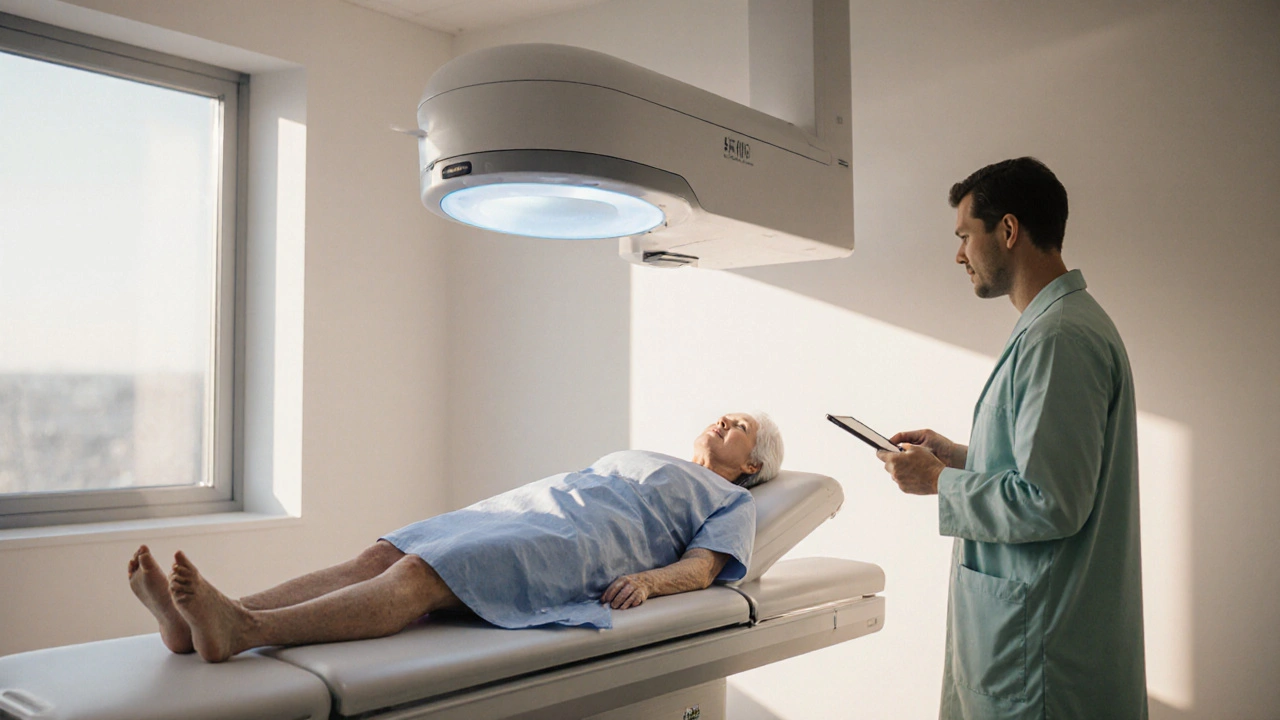Osteodystrophy: Understanding the Condition
When working with osteodystrophy, a disorder where bone formation and resorption become unbalanced, often tied to kidney disease or hormonal shifts. Also known as secondary bone disease, it can lead to fragile bones, pain, and higher fracture risk. A common subtype is renal osteodystrophy, which arises when chronic kidney failure disrupts calcium, phosphate, and vitamin D handling. The condition is tightly linked to bone metabolism, the continuous cycle of bone breakdown and rebuilding that keeps the skeleton strong. When the balance tips, factors like vitamin D deficiency, insufficient levels of the vitamin needed for calcium absorption and irregular parathyroid hormone, a hormone that regulates calcium and phosphate in the blood can accelerate the problem. In short, osteodystrophy encompasses these sub‑entities, requires healthy bone metabolism, and is influenced by vitamin D status and parathyroid activity.
What Triggers Osteodystrophy and Who Is at Risk?
Most cases start with a disruption in the body’s mineral handling. Chronic kidney disease is the biggest driver of renal osteodystrophy because failing kidneys can’t convert vitamin D to its active form or flush excess phosphate, leading to secondary hyperparathyroidism. Even without kidney issues, long‑term vitamin D deficiency—common in people with limited sun exposure, darker skin, or malabsorption disorders—lowers calcium absorption, forcing the parathyroid glands to secrete more hormone. Elevated parathyroid hormone then pulls calcium from bone, weakening the structure. Other contributors include prolonged steroid use, diabetes‑related kidney damage, and certain genetic disorders that affect bone turnover. Age matters too; older adults naturally lose bone density, so any added metabolic stress can tip the scale toward osteodystrophy. Recognizing these links helps clinicians target the right labs—serum calcium, phosphate, 25‑hydroxy‑vitamin D, and PTH—to pinpoint the underlying cause before irreversible bone loss sets in.
The good news is that treatment strategies are increasingly personalized. Addressing vitamin D deficiency with high‑dose supplementation, tweaking calcium and phosphate intake, and using phosphate binders or active vitamin D analogues can stabilize mineral balance. In renal osteodystrophy, dialysis adjustments and newer agents like calcimimetics directly curb excess parathyroid hormone. For the broader bone metabolism issue, bisphosphonates or newer osteoporosis drugs may be added to protect bone density. Monitoring is key: periodic bone density scans, blood work, and symptom checks keep the plan on track. Below you’ll find a curated collection of articles that break down drug comparisons, supplement choices, and practical tips for managing the spectrum of osteodystrophy. Dive in to see how each option stacks up and find the guidance you need to take action.

Osteodystrophy in the Aging Population: Rising Health Concern
Haig Sandavol Oct 13 11Learn why osteodystrophy is a rising health issue for seniors, its key causes, detection methods, and practical steps to protect bone health as the population ages.
More Detail